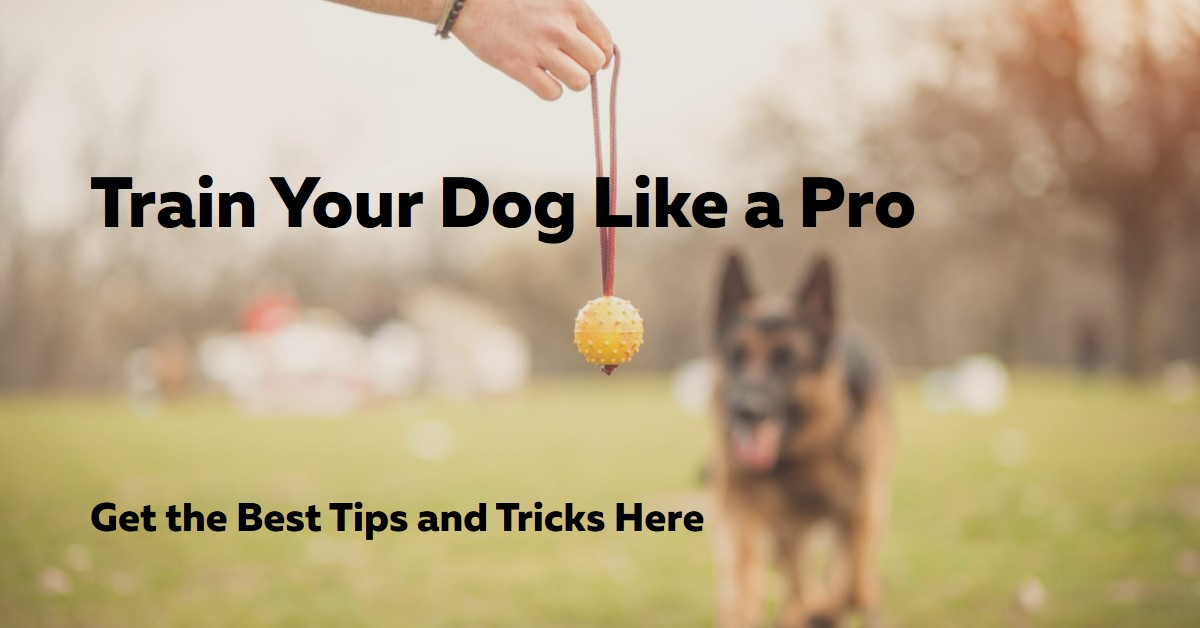To use positive reinforcement to train your dog, reward good behaviour with treats and praise. Consistency is key to reinforcing positive behaviour in your dog training.
Training your dog using positive reinforcement is an effective and humane way to encourage good behaviour. By using treats, praise, and other rewards, you can motivate your dog to repeat desired actions. This method of training focuses on rewarding the behaviours you want to see more of, rather than punishing undesirable behaviours.
Positive reinforcement training creates a strong bond between you and your dog, and it can help build trust and confidence in your pet. We will explore the benefits of positive reinforcement training and provide practical tips for implementing this approach with your dog. Whether you are teaching basic commands or addressing specific behaviour issues, positive reinforcement can be a powerful tool for shaping your dog’s behaviour in a positive and rewarding way.
The Essence Of Positive Reinforcement
Core Principles Of Positive Reinforcement
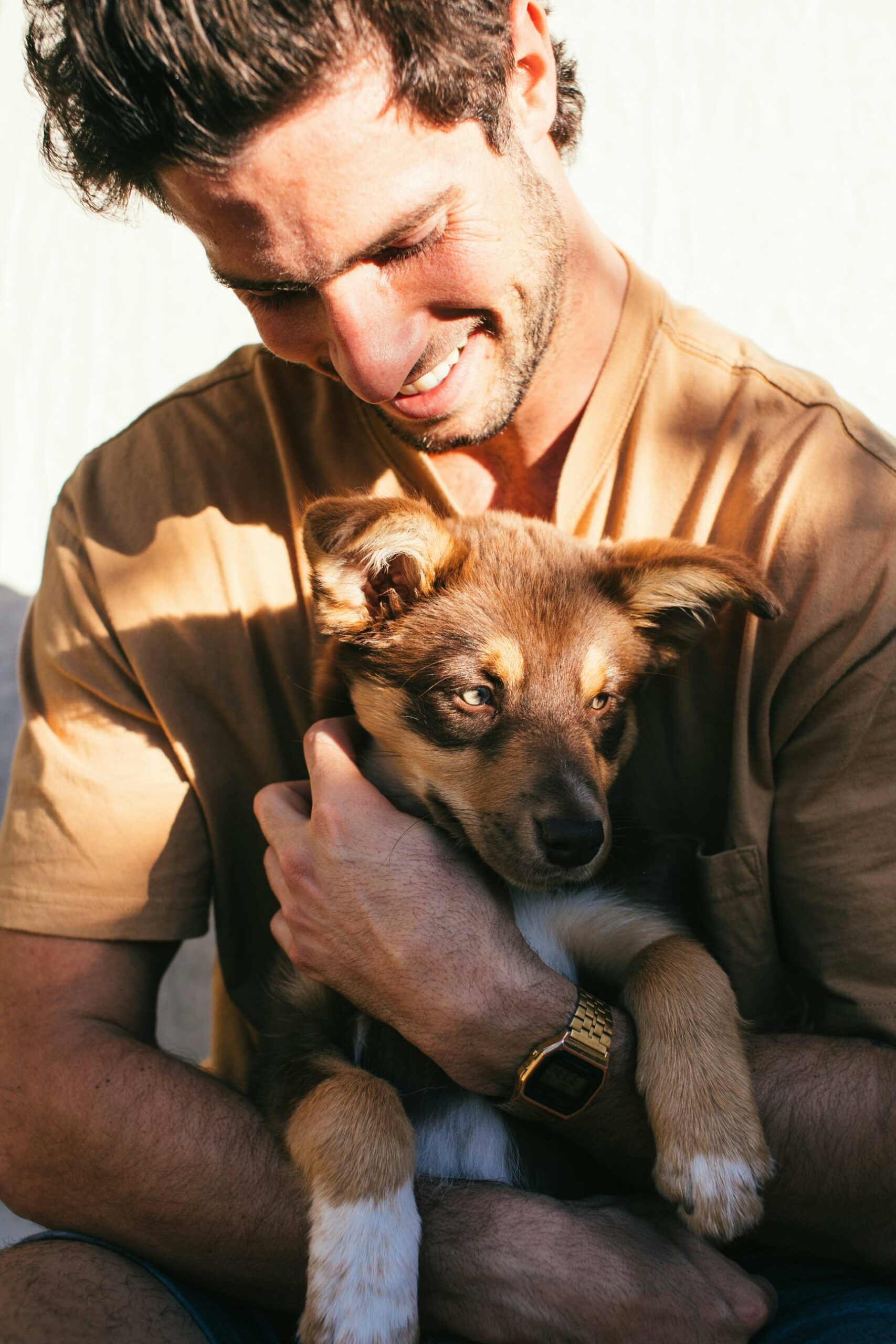
Positive reinforcement focuses on rewarding desired behaviours to encourage their repetition.
It involves the use of treats, toys, or praise to reinforce good behaviours in your dog.
Consistency is key in positive reinforcement training to help your dog understand expectations.
Benefits For Your Dog’s Learning
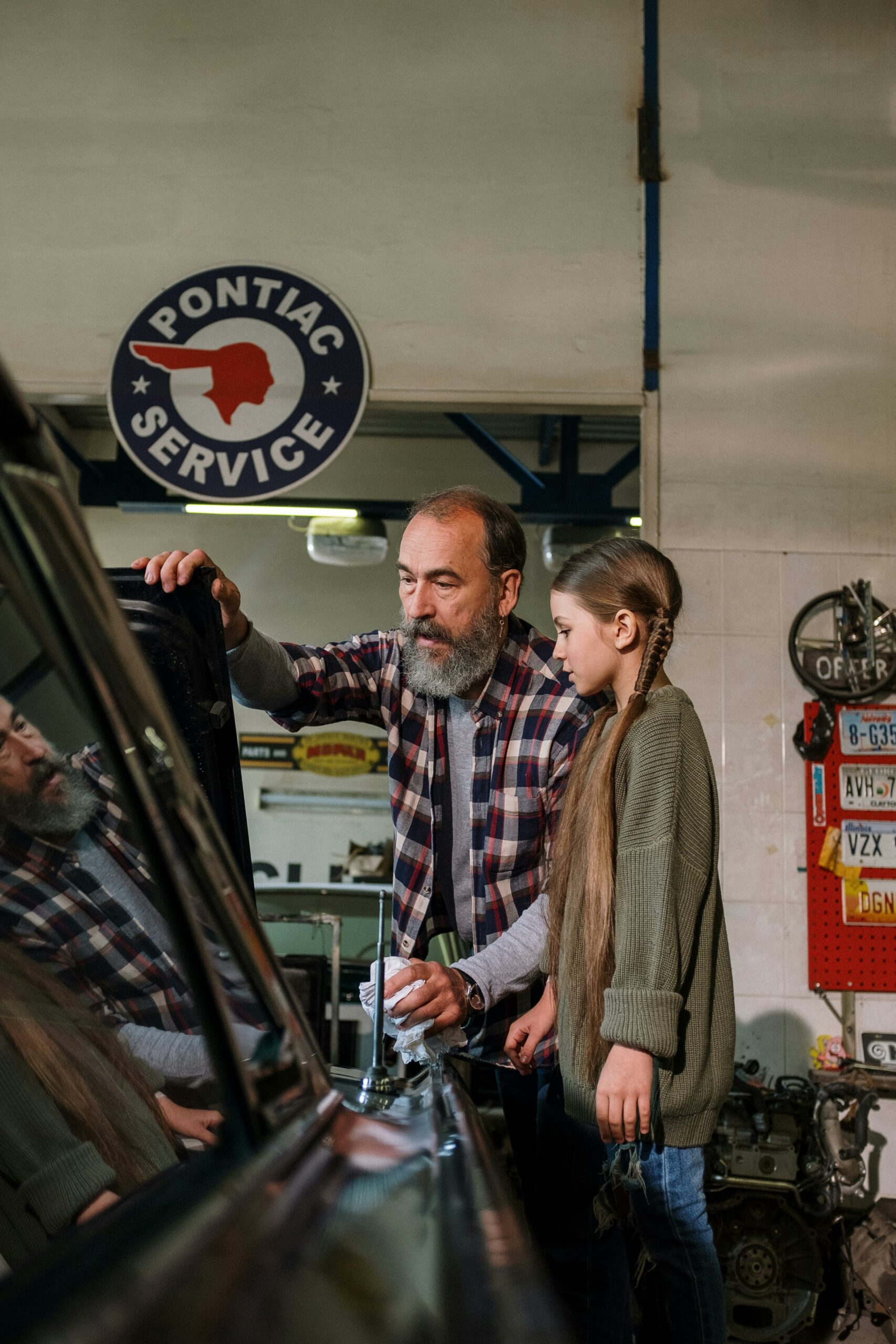
Positive reinforcement creates a positive association with learning for your dog.
It enhances the bond between you and your dog through trust and communication.
Your dog is more likely to exhibit desirable behaviours consistently with positive reinforcement.
Getting Started With Positive Reinforcement
Positive reinforcement is a powerful training tool that can help you teach your dog new behaviours while strengthening your bond with them. This type of training focuses on rewarding your dog for desired behaviours rather than punishing them for unwanted ones. If you’re new to positive reinforcement training, here’s what you need to know to get started.
Essential Tools And Treats
Before you begin training your dog using positive reinforcement, you’ll need to gather some essential tools and treats. These include:
- A clicker: A small device that makes a clicking sound to mark desired behaviour
- Treats: Small, bite-sized rewards that your dog loves
- A treat pouch: A small bag that attaches to your waistband or belt to hold treats during training sessions
When choosing treats for positive reinforcement training, make sure they’re something your dog loves and will work hard to get. Treats should be small and easy to chew, so your dog can quickly consume them and get back to training.
Setting Up A Training Environment
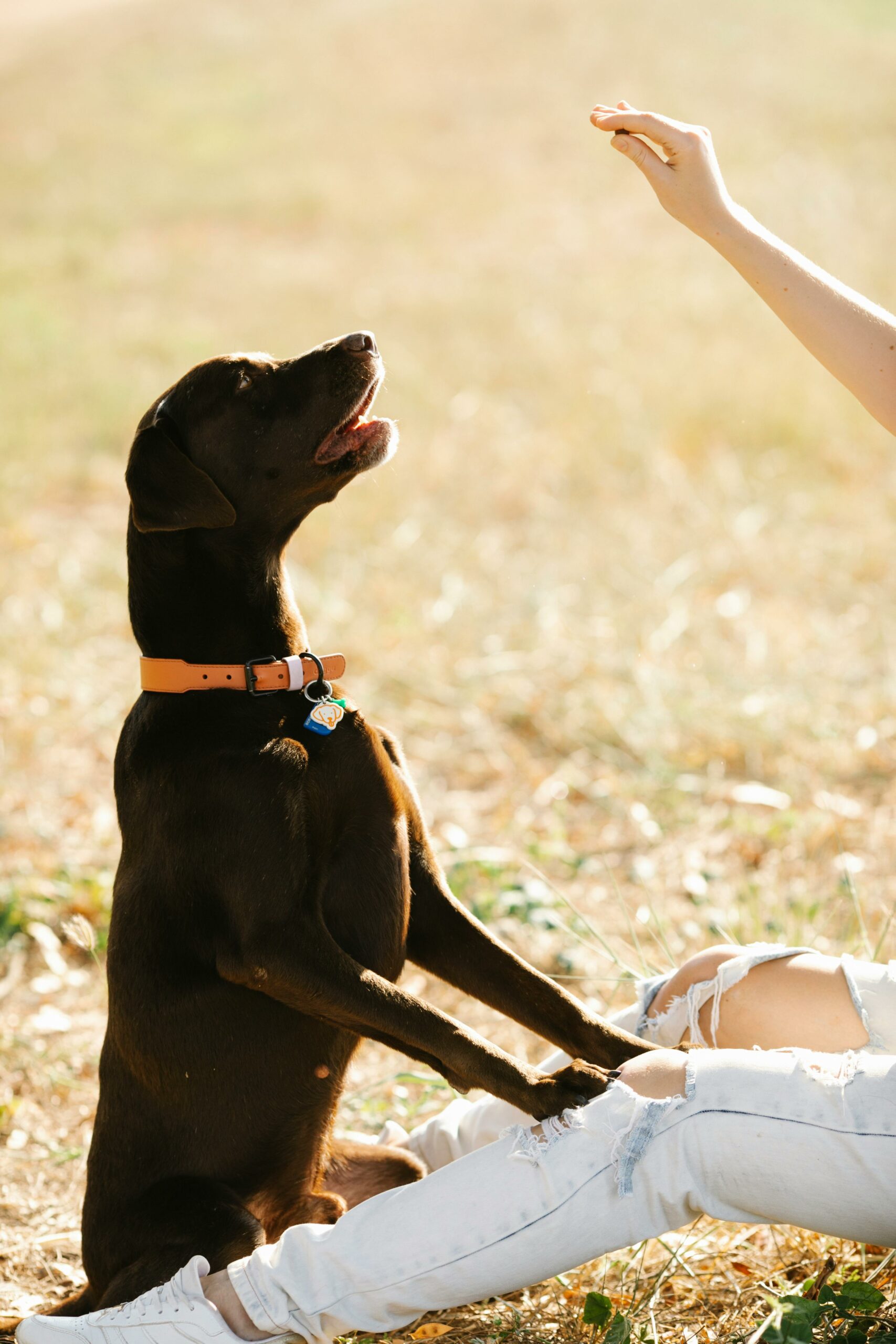
Once you have your tools and treats, it’s time to set up a training environment that will help your dog focus and learn. Here are a few tips:
- Choose a quiet, distraction-free area: This will help your dog focus on the training session and avoid getting distracted by other people, pets, or noises.
- Use a leash: If your dog is new to training, use a leash to keep them close to you and prevent them from wandering off.
- Start with simple behaviours: Choose one or two simple behaviours to train your dog first, such as “sit” or “stay.” Once your dog has mastered these, you can move on to more complex behaviours.
Remember to keep training sessions short (no more than 10–15 minutes) and positive. Praise your dog when they do something right, and use treats as rewards to reinforce the desired behaviour. With patience and consistency, you’ll soon have a well-trained dog who loves to learn.
Understanding Your Dog’s Behaviour
Learn how to understand your dog’s behaviour and effectively train them using positive reinforcement. Positive reinforcement methods can help shape your dog’s behaviour and create a strong bond between you and your furry friend. Start by rewarding good behaviour to encourage positive habits and discourage negative ones.
Understanding Your Dog’s Behaviour
Dogs communicate primarily through body language, making it essential for pet owners to understand their behaviour. Reading canine body language is crucial for interpreting your dog’s emotions and reactions. By learning to identify different postures, facial expressions, and vocalizations, you can better understand what your dog is trying to communicate.
Reading Canine Body Language
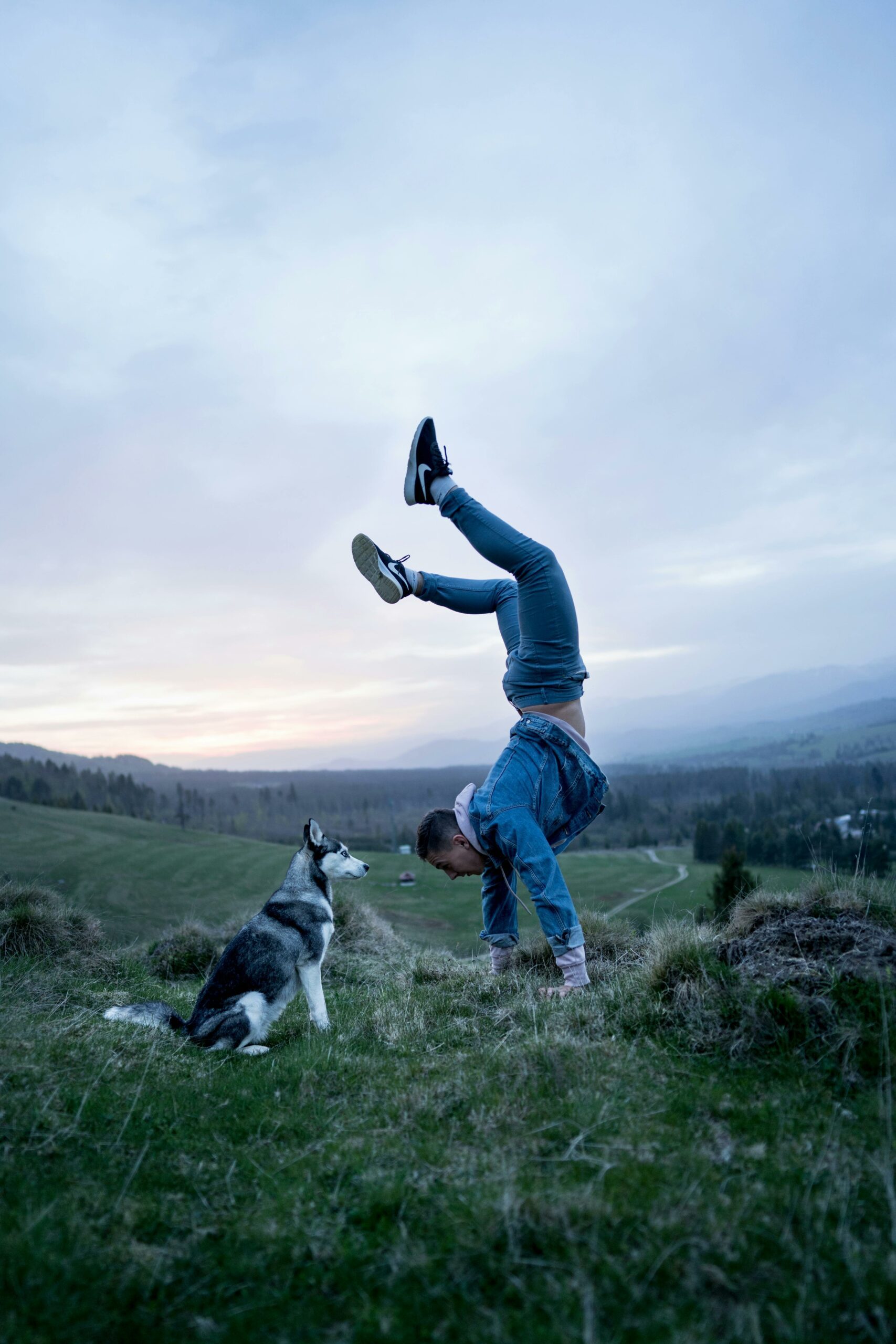
Canine body language includes various cues such as tail wagging, ear positioning, and overall body posture. For instance, a relaxed and wagging tail indicates happiness, while a tucked tail may signal fear or anxiety. Understanding these cues allows you to respond appropriately to your dog’s emotions and needs.
Identifying Motivators And Triggers
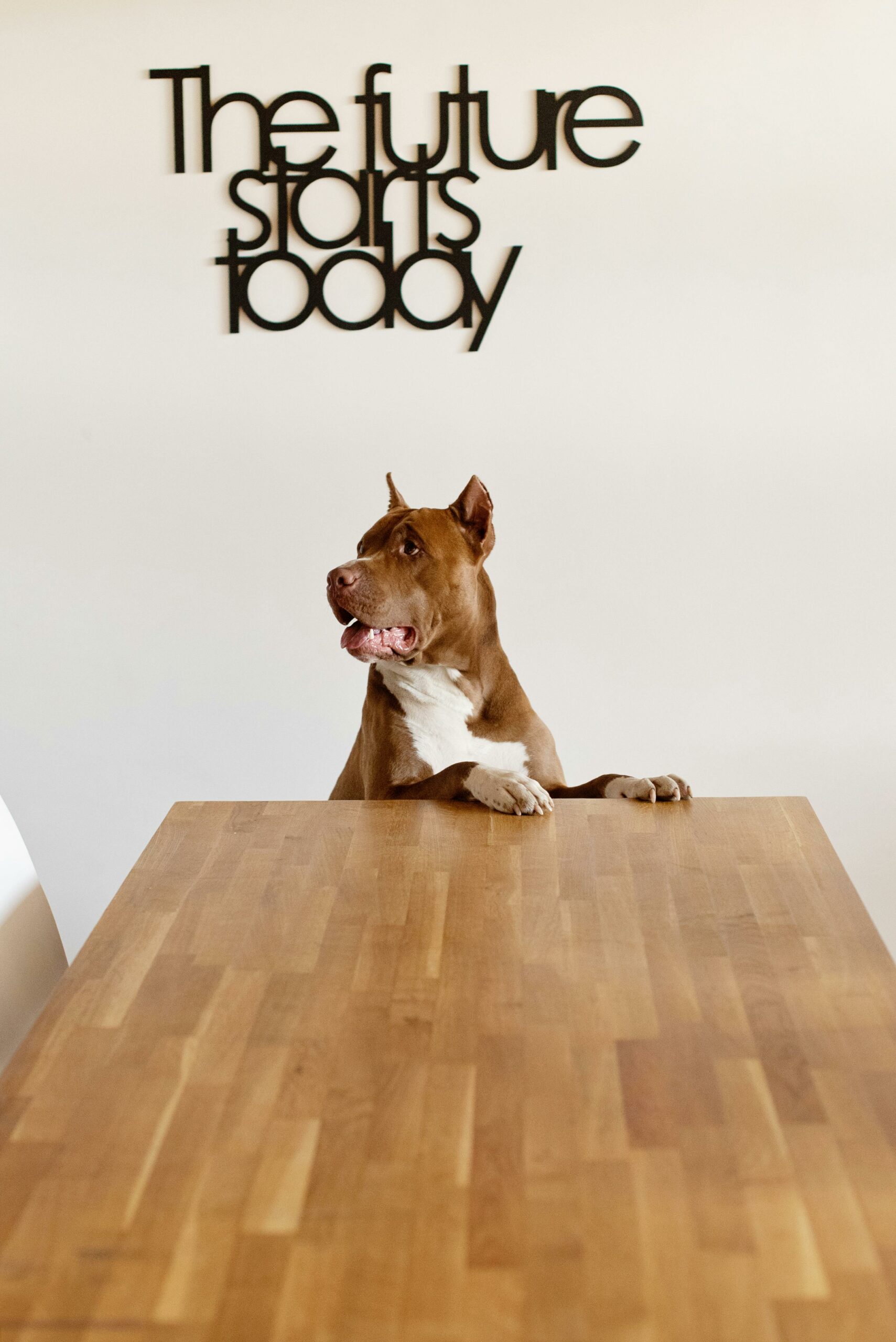
Identifying your dog’s motivators and triggers is essential for using positive reinforcement effectively. Motivators can include treats, toys, or verbal praise, while triggers are specific stimuli that elicit certain behaviours. By recognizing these factors, you can tailor your training approach to suit your dog’s preferences and effectively reinforce desired behaviours.
In conclusion, understanding your dog’s behaviour through reading body language and identifying motivators and triggers is key to successful positive reinforcement training.
Basic Commands And Positive Reinforcement
Positive reinforcement is a powerful tool for training your dog, promoting good behaviour, and strengthening the bond between you and your furry friend. Using positive reinforcement techniques to teach basic commands can create a happy and well-behaved pup. Let’s dive into the essential commands and how to employ positive reinforcement effectively to teach them.
Teaching ‘sit’ And ‘stay’
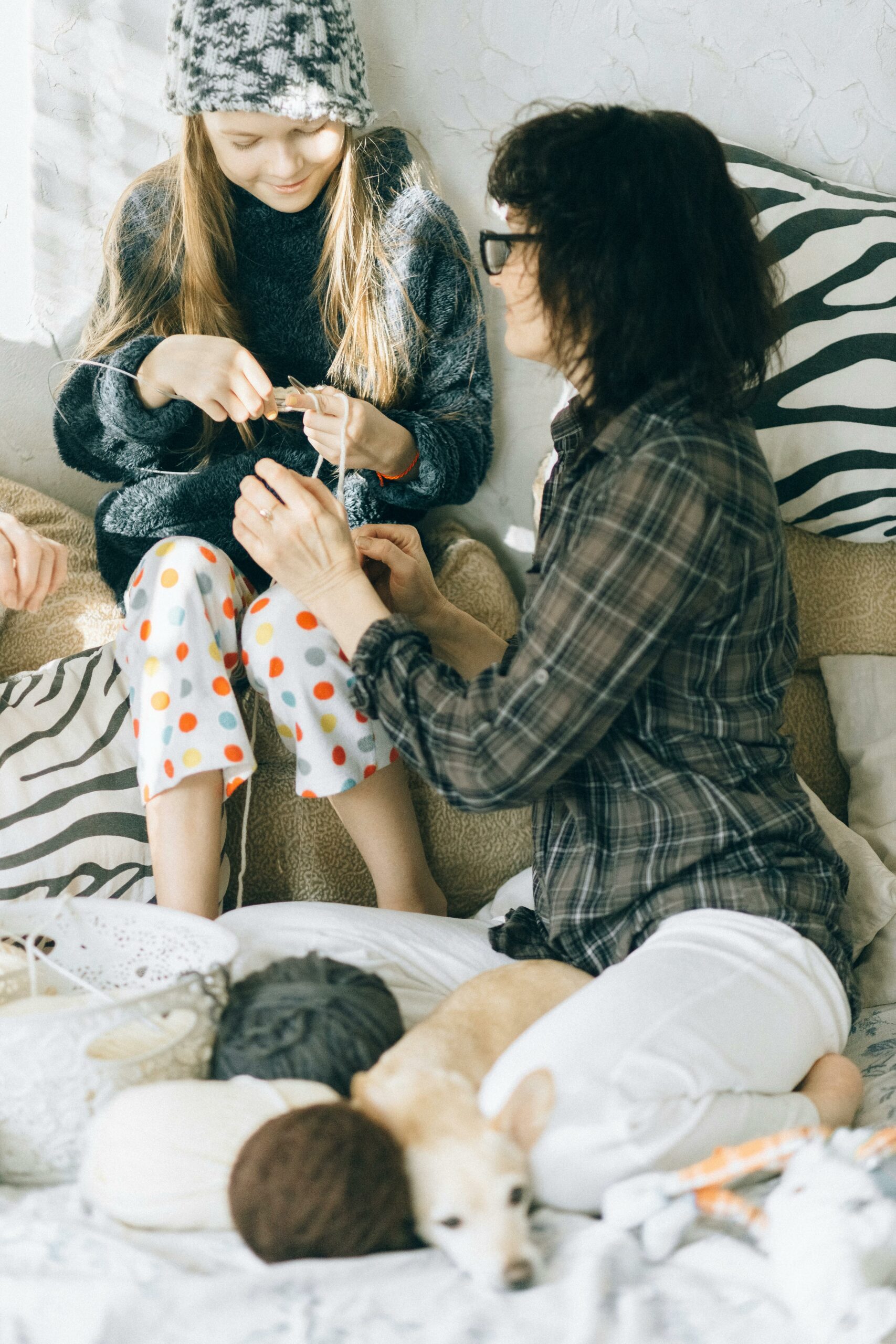
Begin by using treats or praise to encourage your dog to sit. Hold the treat above their nose, then move it up and back slowly, prompting them to sit. As soon as they do, reward them with the treat and praise. Repeat this process consistently, gradually introducing the verbal command “sit.” Once your dog has mastered sitting, progress to teaching the “stay” command by having them hold the position for longer durations before receiving their reward.
Mastering ‘come’ And ‘down’
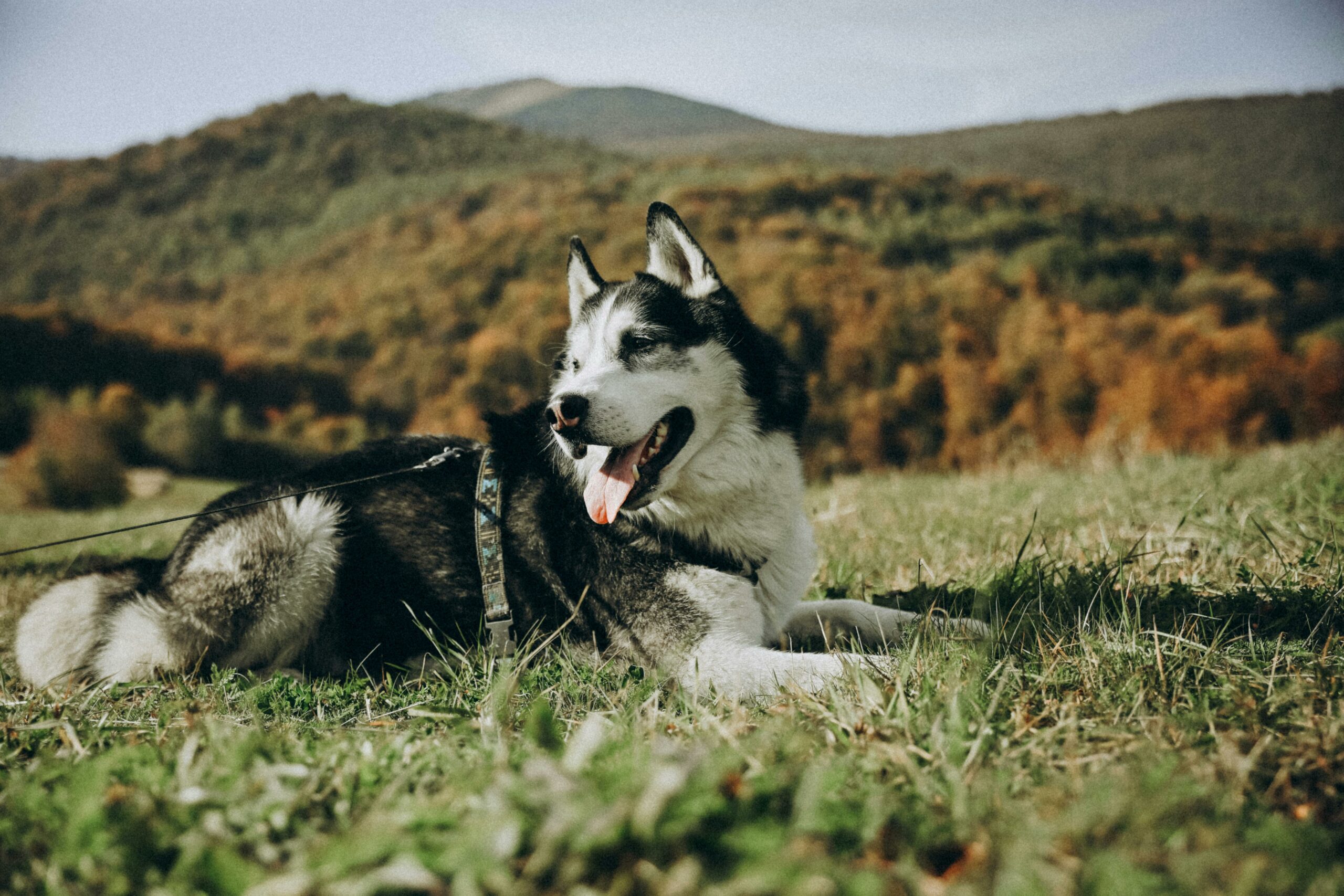
To teach the “come” command, start in a quiet environment and call your dog’s name followed by the command “come.” When they do, reward them with praise and affection. Gradually increase the distance between you and your dog, continuing to reinforce the behaviour with positive reinforcement. For the “down” command, use a treat to guide your dog into a lying position, then praise and reward them. Repeat this process until they respond to the verbal command “down” without needing the treat as a guide.
Building On Success: Advanced Training
From Simple Tricks To Complex Tasks
Once your dog has mastered basic commands, you can progress to teaching more complex tasks. Start by introducing intermediate-level tricks, such as rolling over, playing dead, or fetching specific items by name. This will challenge your dog’s cognitive abilities and strengthen the bond between you.
Maintaining Consistency In Training
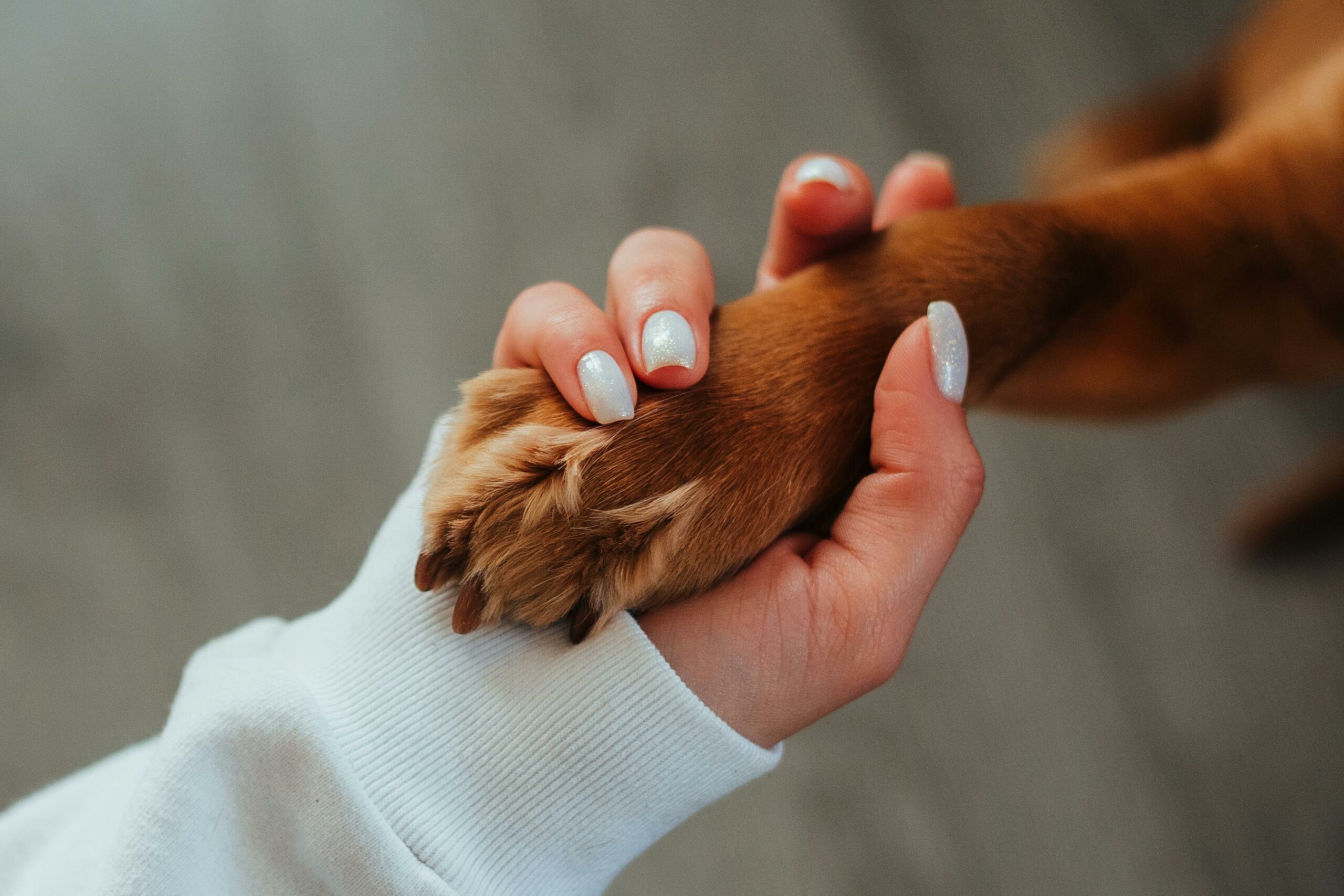
Consistency is crucial when advancing your dog’s training. Stick to a regular schedule, use the same cues, and maintain a positive reinforcement approach. By consistently rewarding desired behaviours and ignoring unwanted ones, your dog will understand what is expected of them and continue to excel in their training.
Timing And Consistency In Reinforcement
When training your dog using positive reinforcement, timing and consistency in reinforcement are essential factors. The success of your training largely depends on how promptly and consistently you deliver rewards to your dog. In this section, we will discuss the importance of immediate rewards and creating a regular training schedule.
The Importance Of Immediate Rewards
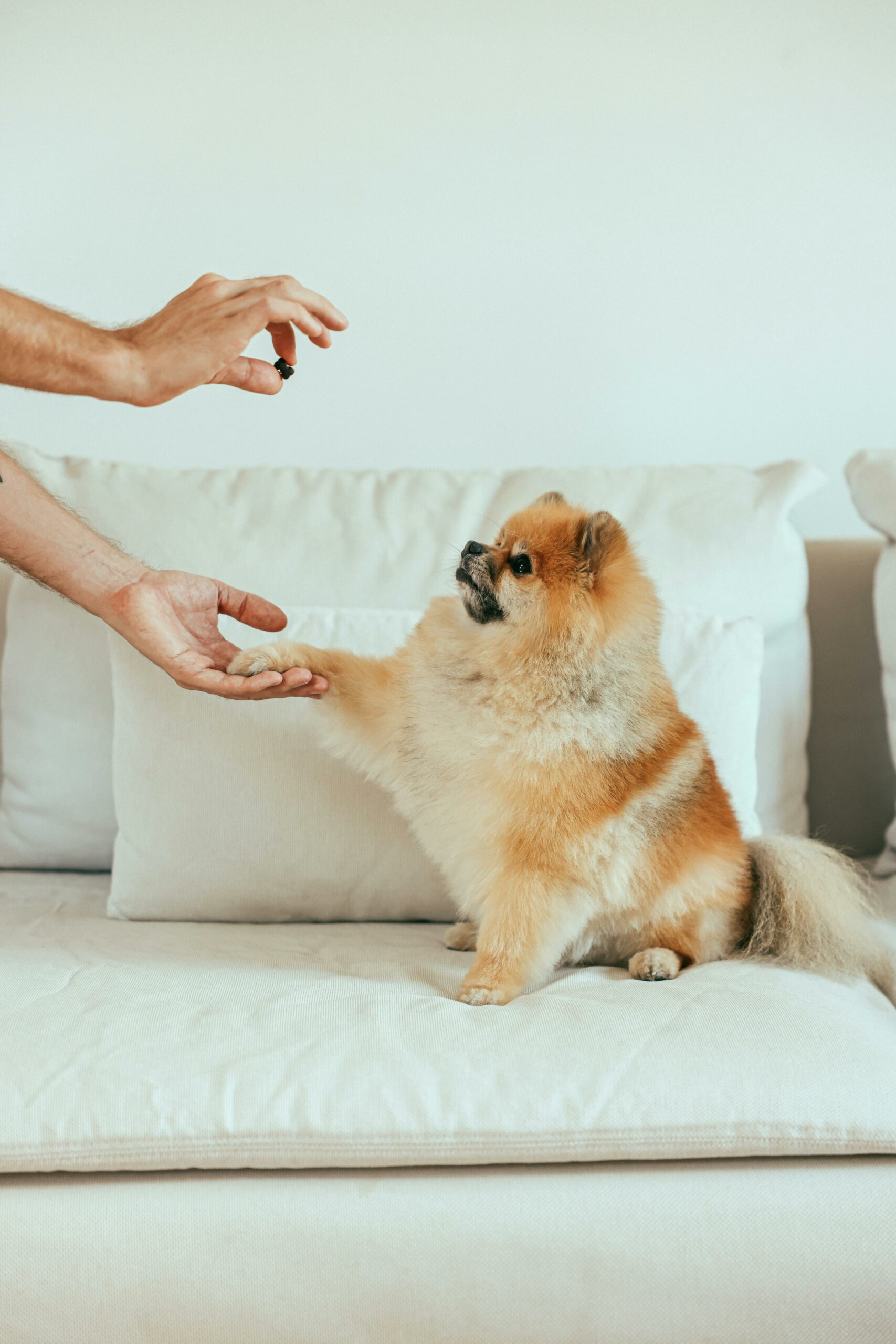
Immediate rewards play a crucial role in dog training. When your dog exhibits the desired behaviour, it’s important to offer the reward immediately. This reinforces the behaviour and helps your dog associate the action with the reward. Delayed rewards can lead to confusion and your dog may not understand which behaviour is being reinforced.
Creating A Regular Training Schedule

Establishing a regular training schedule ensures consistency in reinforcement. Dogs thrive on routine, so having set times for training sessions helps them understand what is expected of them. Consistent training sessions also provide ample opportunities to reinforce positive behaviours and correct any unwanted actions.
The Role Of Patience And Persistence
To successfully train your dog using positive reinforcement, it is crucial to remember the importance of patience and persistence. Consistent rewards for good behaviour and gentle corrections for undesired actions can help shape your dog’s behaviour effectively over time. Remember that building a strong bond with your furry friend is key to successful training sessions.
Training a dog requires patience and persistence. It is not a one-time process; it takes time and effort to teach your dog the desired behaviour. Dogs learn by repetition, and it may take several attempts before they understand what you want them to do. Patience is key during this time. You should never lose your temper or get frustrated with your dog. Instead, stay calm and composed, and keep working with them until they get it right. Persistence is equally important. Consistency is key to successful dog training. Stick to a routine and continue to work with your dog until they have mastered the behaviour you are trying to teach them.
Dealing With Setbacks
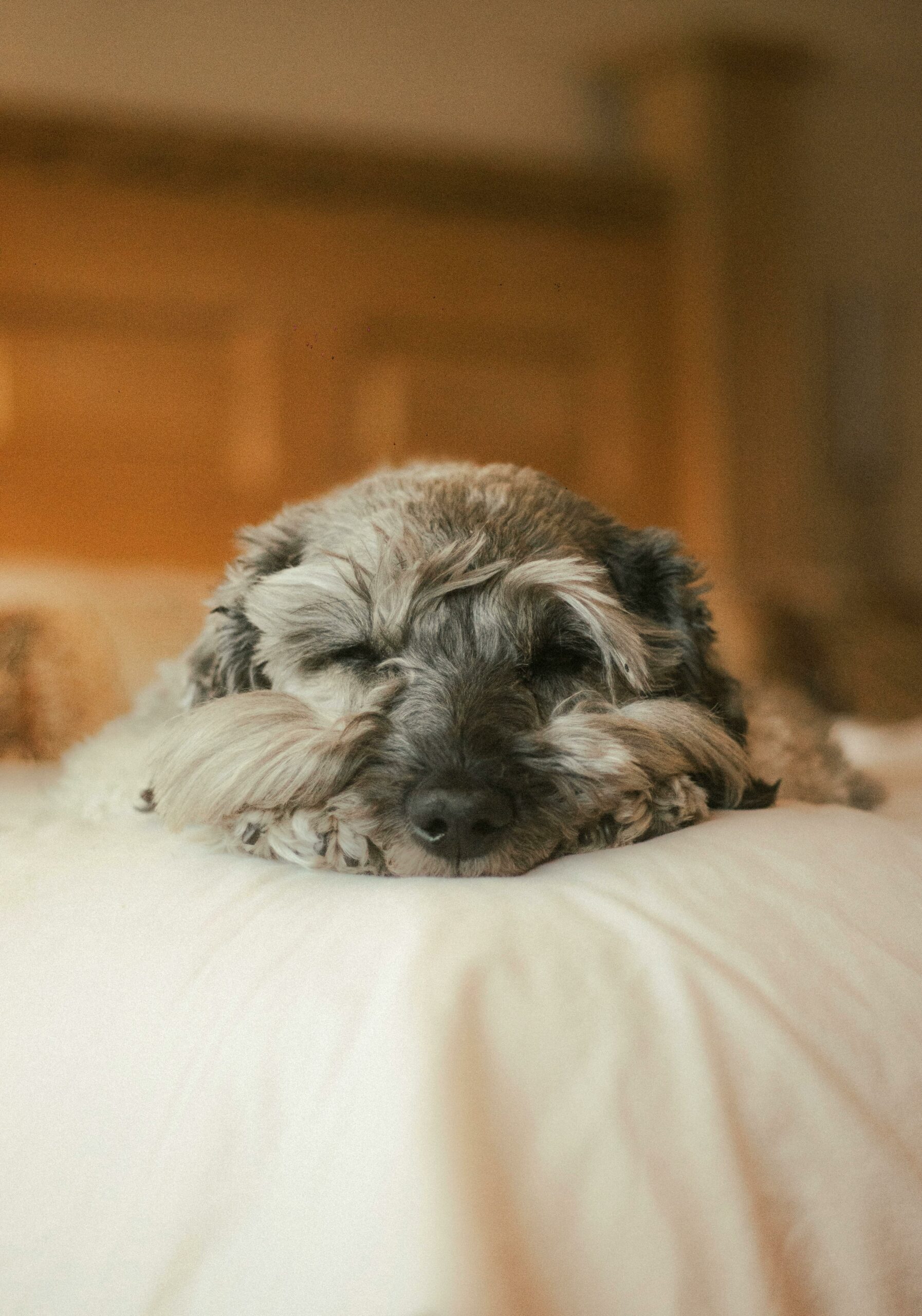
Setbacks are common during dog training. Your dog may not respond to your commands as quickly as you would like, or they may revert to old habits. It is important to remember that setbacks are a natural part of the learning process. Don’t get discouraged or give up on your dog. Instead, reevaluate your training techniques and try a different approach. For example, if your dog is not responding to verbal commands, try using hand signals instead. Keep working with your dog, and eventually, they will understand what you want them to do.
Celebrating Small Wins
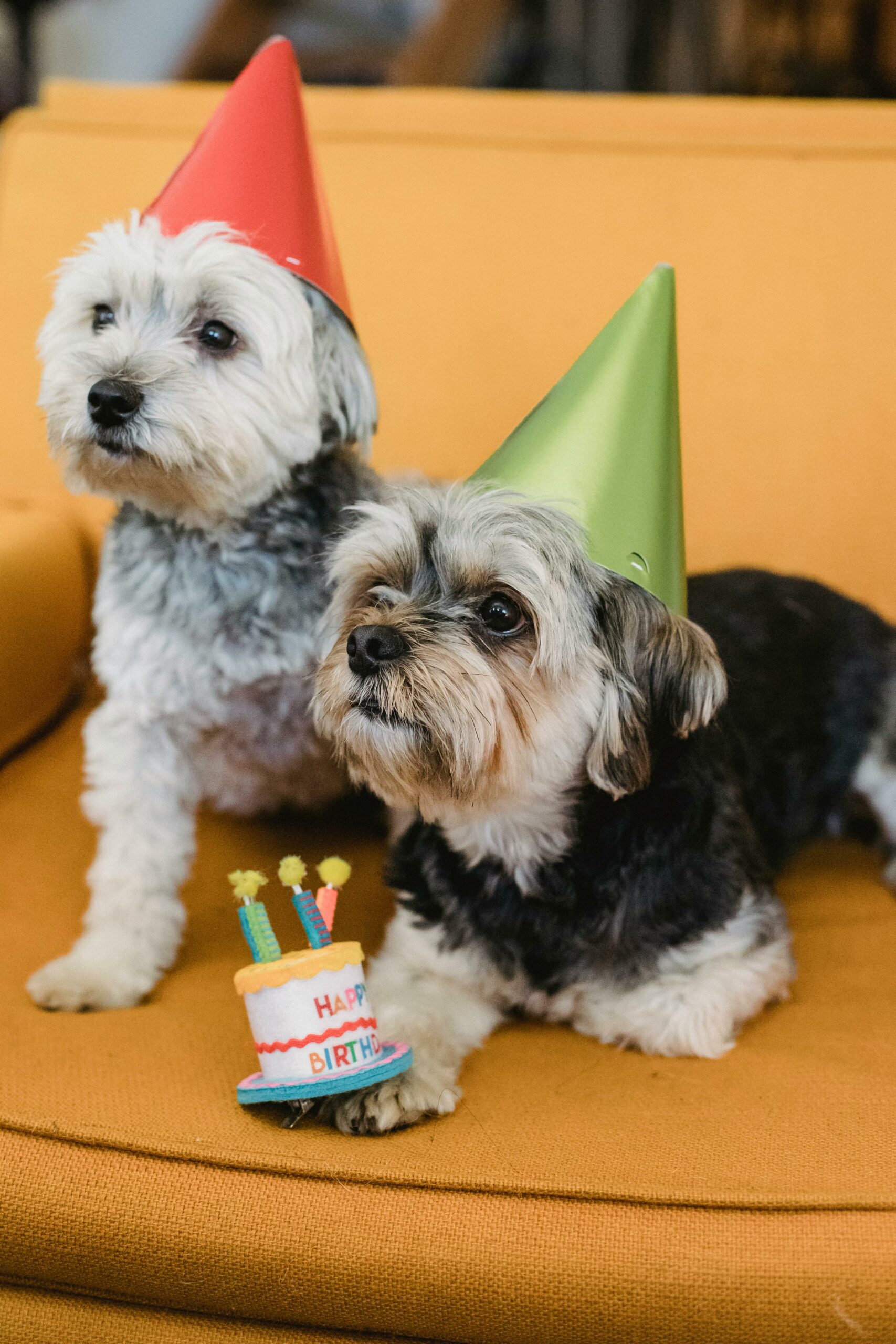
It is important to celebrate small wins during the training process. Dogs respond well to positive reinforcement, and praising them for their successes can help reinforce good behaviour. When your dog successfully performs a desired behaviour, give them a treat or offer verbal praise. This will help them understand that they are doing something right. Celebrating small wins can also help keep you motivated and focused on the training process. Remember, dog training is a journey, not a destination. Celebrating small wins along the way can make the journey more enjoyable for both you and your dog.
Transitioning Beyond Treats
Transitioning beyond treats is an important step in dog training to ensure long-term obedience and positive behaviour.
Fading Out Food Rewards
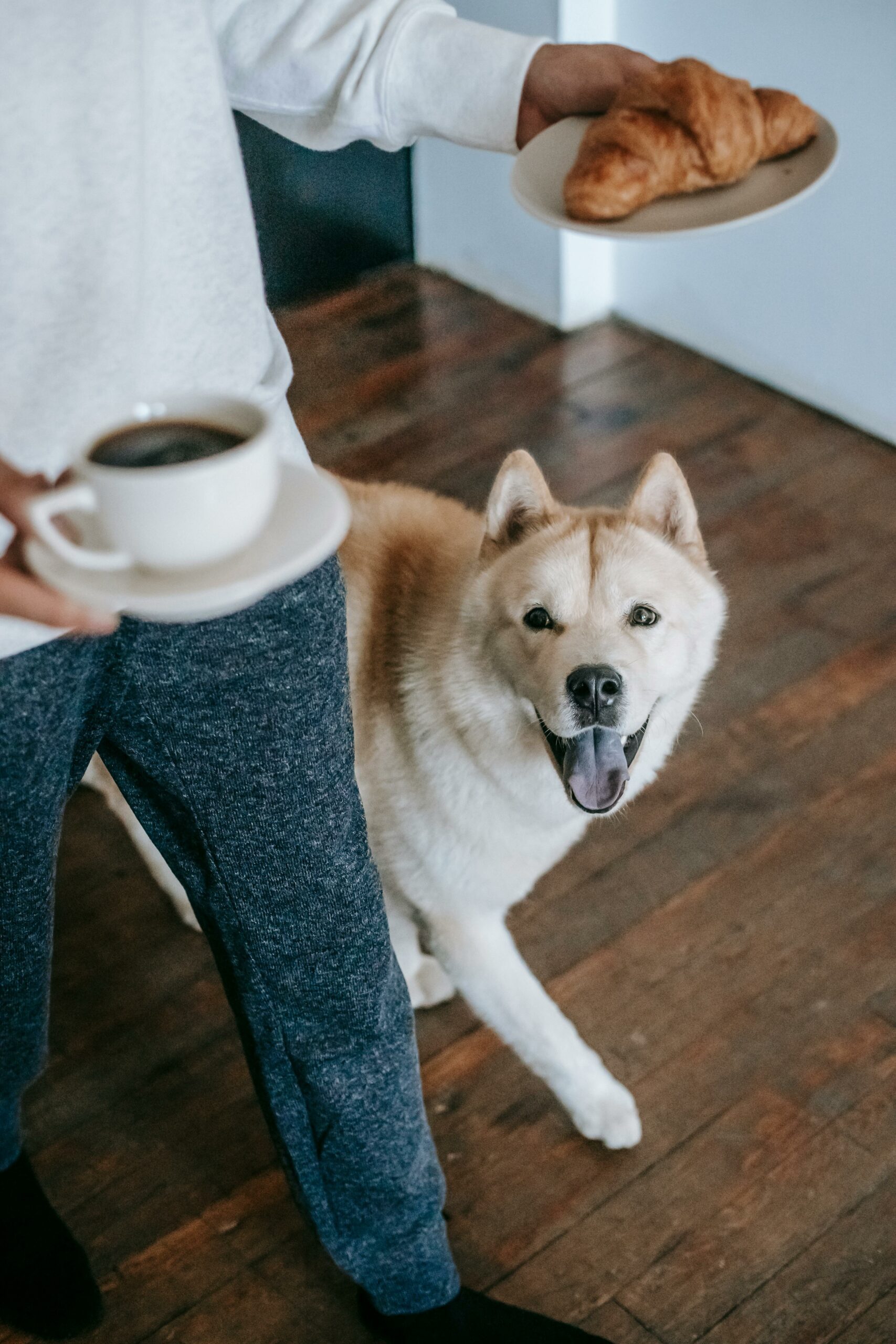
Gradually reduce reliance on treats by introducing intermittent rewards for desired behaviours.
Mix in occasional treats with more frequent verbal praise to wean off food rewards.
Increase the intervals between treat rewards while maintaining consistent praise for good behaviour.
Using Life Rewards And Praise
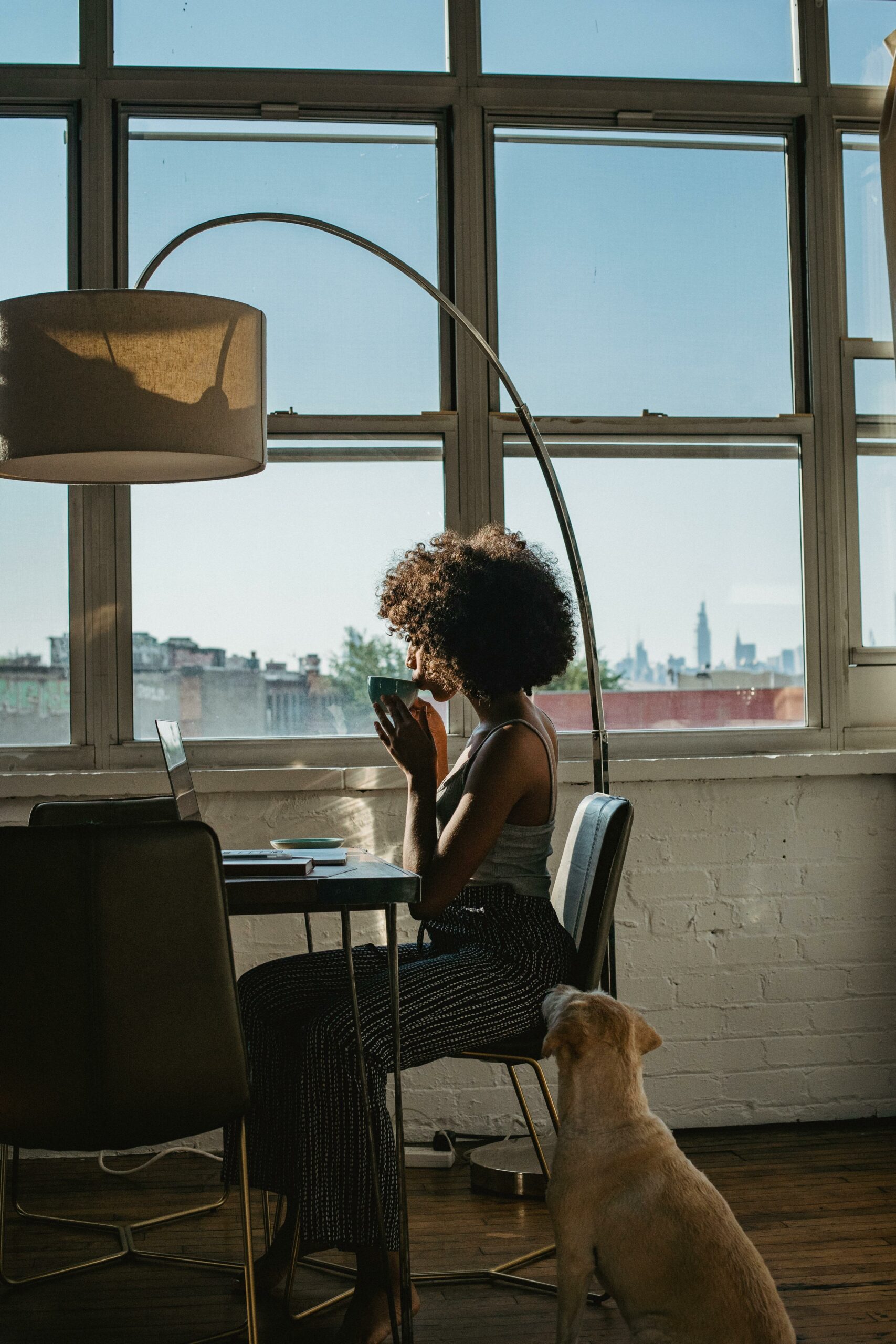
Incorporate daily activities like walks, playtime, and affection as rewards for your dog’s obedience.
Offer enthusiastic praise and physical affection as immediate rewards for following commands correctly.
Utilize life rewards to reinforce good behaviour, such as granting access to a favourite toy after listening to a command.
Monitoring Progress And Making Adjustments
To effectively train your dog using positive reinforcement, it’s crucial to monitor progress and make adjustments as needed. Pay attention to your dog’s response to rewards and adjust training techniques accordingly for successful outcomes. By staying observant and adaptable, you can create a positive training environment for your furry friend.
Tracking Training Milestones

Keeping track of your dog’s progress is crucial for successful training. Create a log to document each training session and note any breakthroughs or setbacks. This will help you identify patterns and adjust your approach accordingly.
Adapting Strategies For Different Dogs
Not all dogs respond the same way to training methods. It’s essential to tailor your approach based on your dog’s personality, breed, and individual needs. Be flexible and willing to try new techniques to find what works best for your furry friend.
Common Mistakes To Avoid
Inconsistency And Mixed Signals
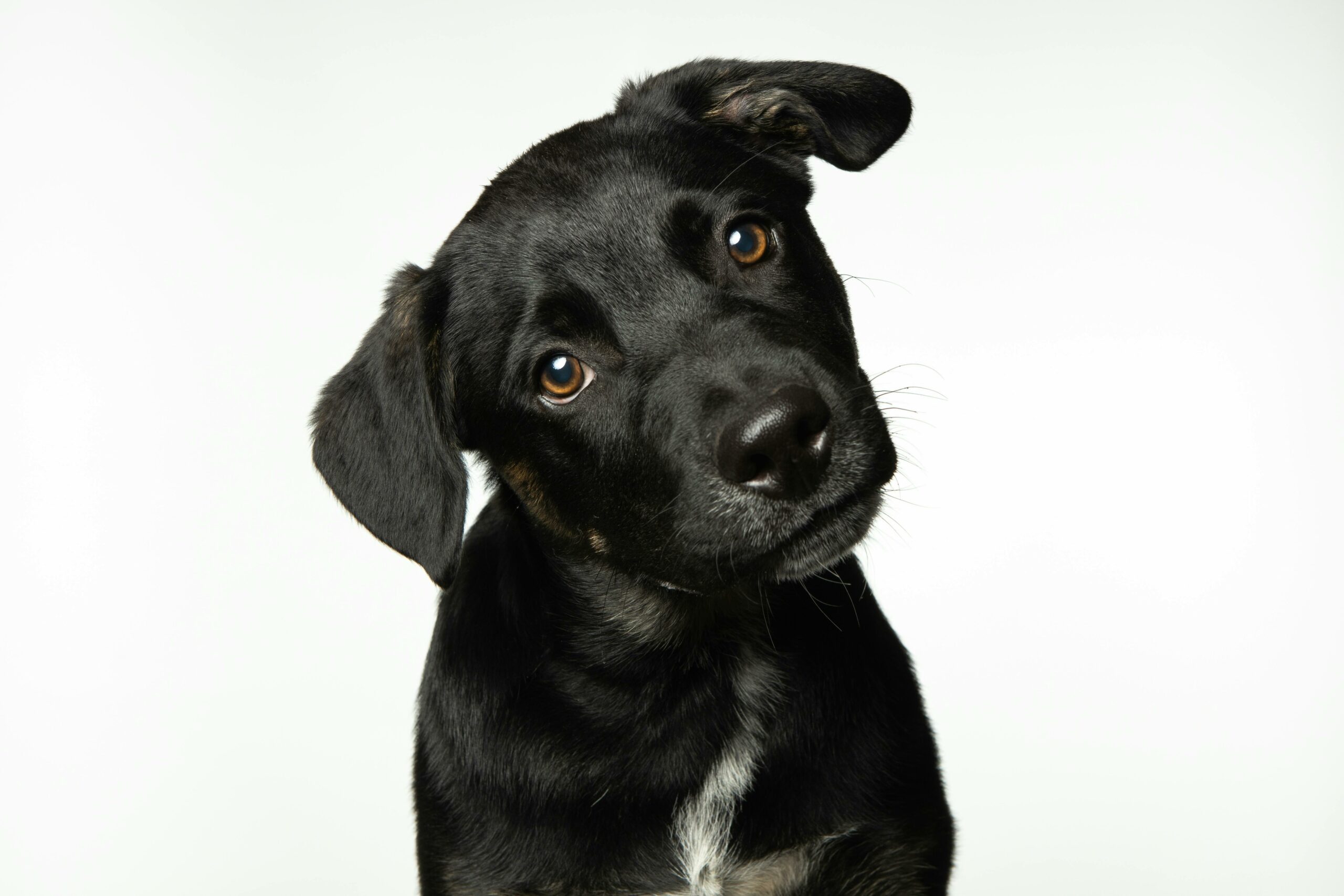
Dogs thrive on consistency; avoid sending conflicting messages during training.
Overdependence On Treats

Using treats is beneficial, but relying solely on them can hinder long-term learning.
Positive Reinforcement Beyond Training
Positive reinforcement goes beyond just training your dog to obey commands. It can be integrated into everyday life and used to strengthen the bond between you and your furry friend.
Applying Principles To Everyday Life
Positive reinforcement techniques can be applied to various aspects of your dog’s daily routine, such as mealtime, playtime, and even when greeting guests. By using treats, praise, and affection, you can encourage positive behaviours and discourage negative ones, creating a harmonious living environment for both you and your pet.
Strengthening The Bond With Your Dog
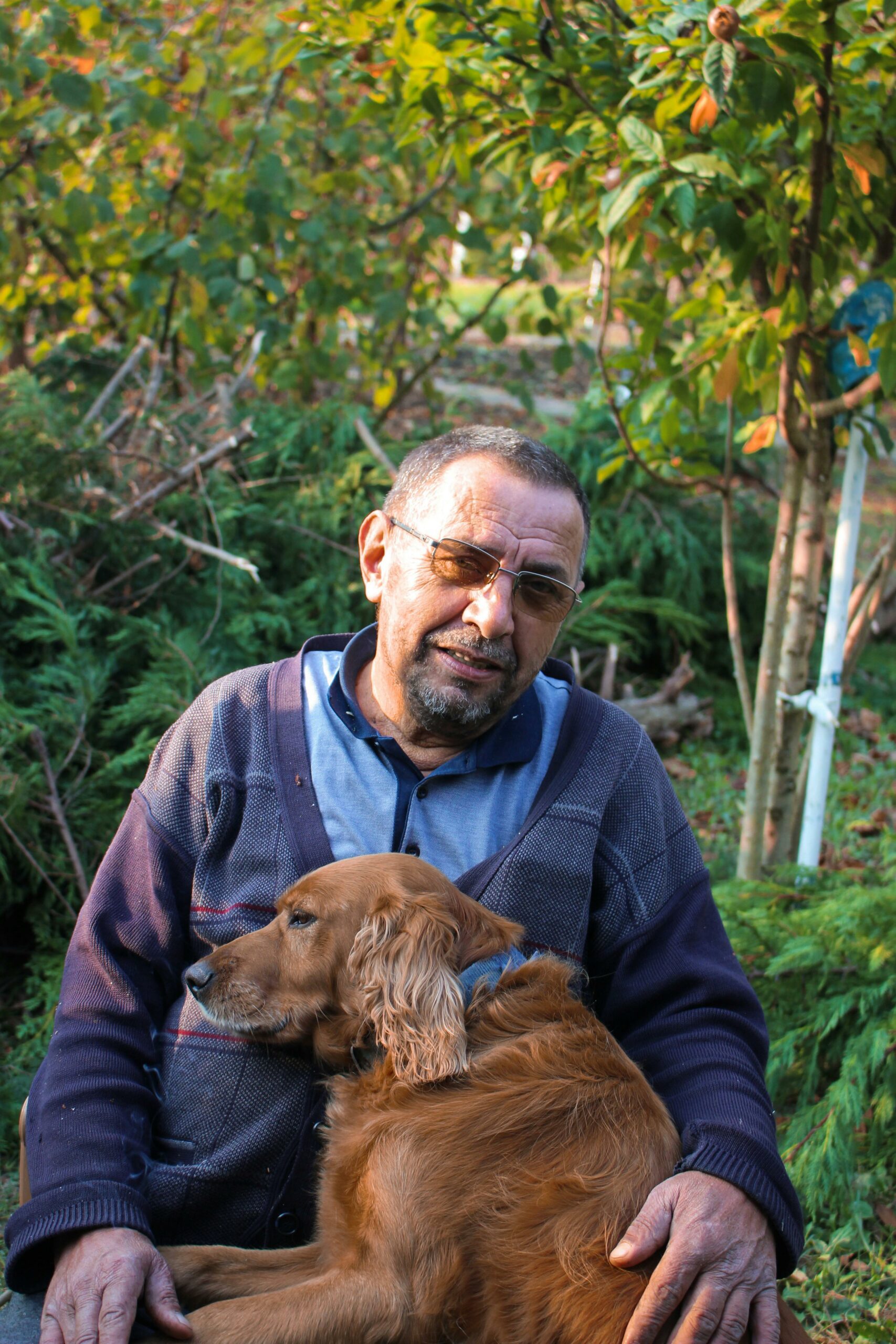
Using positive reinforcement consistently can foster a deep and trusting relationship between you and your dog. By rewarding good behaviour and ignoring or redirecting unwanted behaviour, you can communicate effectively with your pet and build a stronger connection based on mutual understanding and respect.
Frequently Asked Questions
What Is An Example Of Positive Reinforcement In Dog Training?
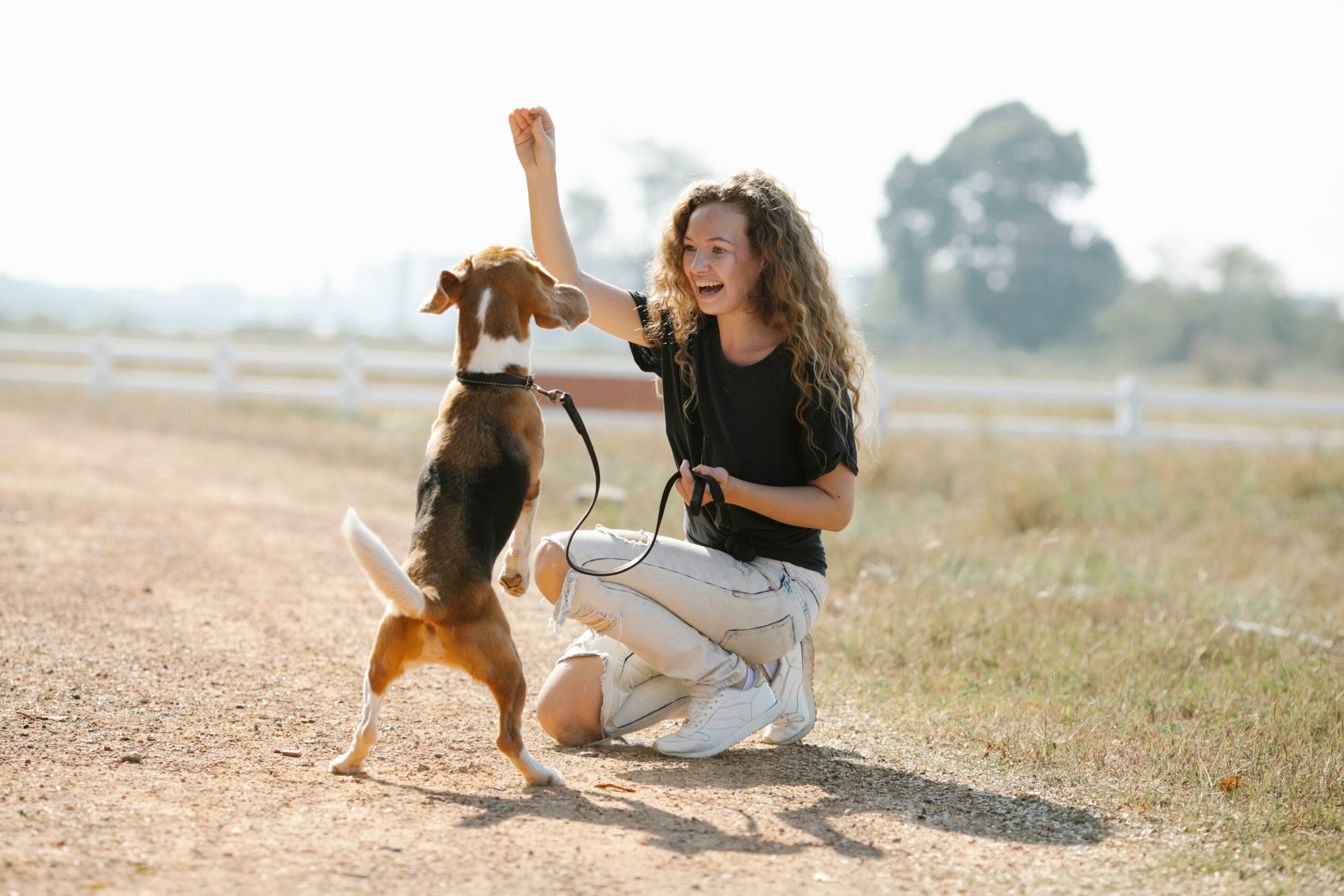
An example of positive reinforcement in dog training is rewarding good behaviour with treats or praise.
Can You Train A Dog With Positive Reinforcement Only?
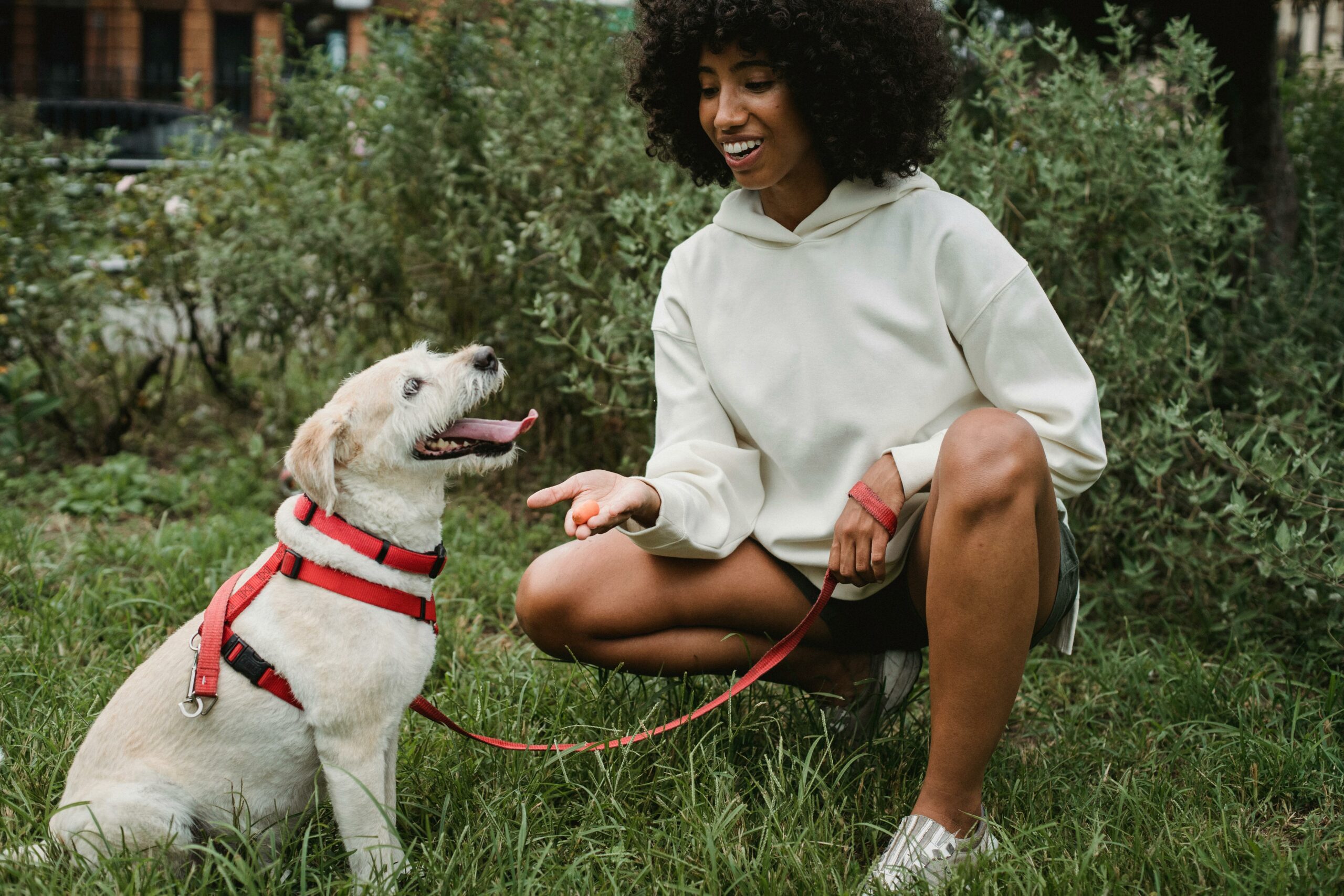
Yes, dogs can be trained with positive reinforcement only. This method involves rewarding good behaviour with treats, praise, and affection, instead of punishment for bad behaviour. Positive reinforcement promotes a stronger bond between the dog and the owner and can lead to long-lasting results.
What Are Positive Reinforcement Activities For Dogs?
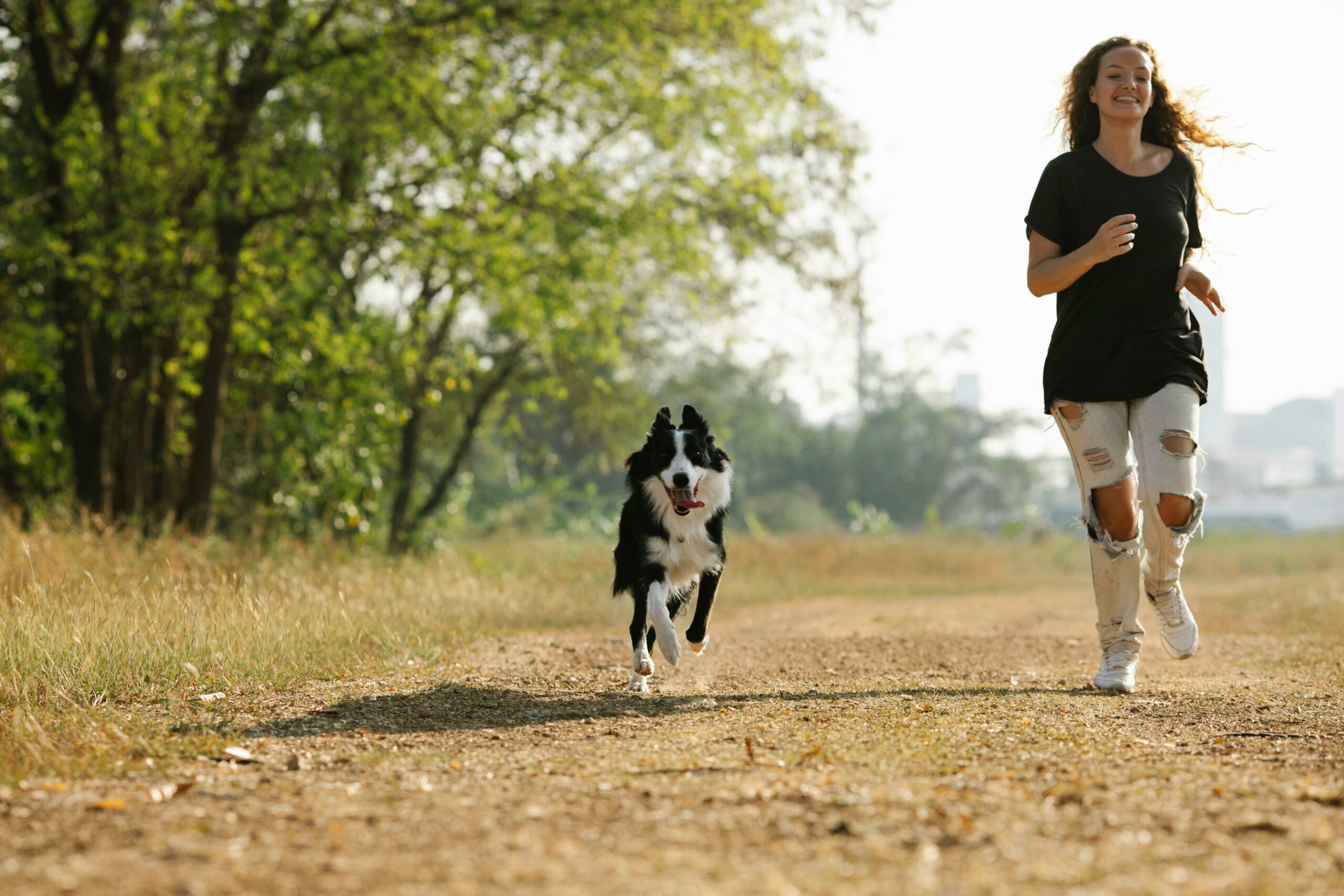
Positive reinforcement activities for dogs include clicker training, treats for good behaviour, and praise. Teaching tricks, playing interactive games, and using toys for rewards also promote positive behaviour. Regular exercise, walks, and socialization help reinforce positive behaviour in dogs.
What Are Examples Of Positive Punishment In Dog Training?

Examples of positive punishment in dog training include adding a leash correction for pulling, using a spray bottle for barking, and employing a loud noise for jumping. These methods aim to decrease undesired behaviours.
By using positive reinforcement, you can effectively train your dog to exhibit desired behaviours. Consistent praise and rewards create a strong bond between you and your furry companion. Remember, patience and consistency are key to successful training. Start implementing these techniques today for a happier and well-behaved pup!
